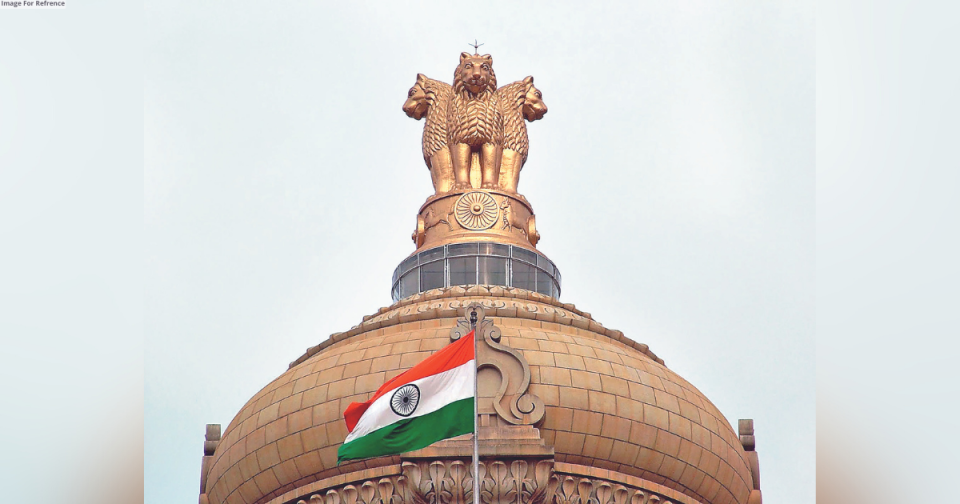India’s vision for Viksit Bharat 2047 aims to create a sustainable and advanced nation by its centennial year of independence. Central to achieving this vision is the adoption of a circular economy model, which emphasizes efficient waste management and Extended Producer Responsibility (EPR). According to a recent IBEF study, India is on track to become the world’s third-largest economy by 2030, contributing about 8.5% to global GDP. Embracing the circular economy could not only drive India’s economic growth but also deliver significant environmental benefits, creating a sustainable and resilient framework.
Understanding Circular Economy and Its Importance
Although the concept of a circular economy is relatively new in India, it refers to a system where products are designed for durability, reuse, and recyclability. This model focuses on reusing, remanufacturing, and recycling products into raw materials or using them as energy sources. Achieving full circularity involves the 6Rs: Reuse, Repair, Refurbish, Recover, Recycle, and Redesign.
As the global population and economies expand, the demand for raw materials increases, leading to more waste. With economies growing larger, it is crucial to reconsider the sustainability of continuously extracting raw materials and generating waste. In the next 20-30 years, nearly 3 billion new consumers will enter the market, intensifying the pressure on natural resources. If current consumption rates persist, we will need 1.8 Earths to meet global demand by 2050. This necessitates a shift towards a circular economy to ensure the efficient use of resources and reduce environmental impact.
Macro-Level Benefits of Circular Economy
Implementing circular economy principles in India can address major challenges like air pollution, water scarcity, and waste management. By reducing waste and pollution, the circular economy can improve public health, especially for low-income communities vulnerable to environmental hazards.
The Enormous Potential of Circular Economy
A study by Chase India and the International Council for Circular Economy, titled “Startups Accelerating Circular Economy for Sustainable Bharat,” highlights the global transition to a circular economy could offer $4.5 trillion in value by 2030. India could capture 11% of this potential, translating to approximately $500 billion. The circular economy could generate up to 14 million jobs and create numerous entrepreneurial opportunities in the next 5-7 years.
Challenges to Overcome
In India, only 20% of goods are recycled compared to 70% in Europe. As the third-largest emitter of greenhouse gases, India contributes significantly to global emissions. The prevalent linear economy model, focused on extraction, production, consumption, and disposal, exacerbates environmental degradation and hampers sustainability goals.
India also faces an e-waste crisis, generating over 2 million tons annually. The lack of awareness about circular economy principles, inadequate infrastructure for waste management and recycling, and high costs for implementing circular practices, particularly for SMEs, are major obstacles.
Government Initiatives to Promote Circular Economy
The Indian government and industry bodies like NITI Aayog, ICCE, and the India Circular Economy Forum (ICEF) have made significant strides in promoting the circular economy. Recent budget allocations include:
- Energy Transition Budget: Rs 35,000 crore for green growth initiatives.
- Biogas and Bio-CNG Plants: Rs 10,000 crore for 300 community-based biogas plants and 200 bio-CNG plants.
- National Green Hydrogen Mission: Rs 19,700 crore to advance green hydrogen technology and reduce reliance on fossil fuels.
- Battery Energy Storage Systems: Supported with Viability Gap Funding for a capacity of 4,000 MWH.
Key government initiatives such as the Green Procurement Policy (GPP), National Resource Efficiency Policy (NREP), Mission LiFE, Swachh Bharat Mission, and GOBARdhan Scheme are also instrumental in advancing the circular economy.
Emerging Trends in Waste Management
- Technological Innovations: AI and IoT advancements are optimizing waste collection and sorting, with significant investments needed in R&D for recycling technologies.
- Decentralized Infrastructure: Establishing decentralized collection and primary processing facilities to improve waste management efficiency.
- Waste-to-Energy Projects: Converting non-recyclable waste into energy through methods like incineration and anaerobic digestion.
The Role of Extended Producer Responsibility (EPR)
EPR policies, which hold producers accountable for the lifecycle of their products, are crucial for advancing circularity. By promoting eco-design and facilitating take-back programs, EPR encourages producers to create easily recyclable products and supports robust recycling infrastructure.
Achieving the ambitious goals of Viksit Bharat 2047 requires a collaborative effort from the government, industry bodies, stakeholders, and especially startups. These startups are pivotal in driving innovation and leveraging modern technologies to redefine the industry and contribute to a sustainable future.

